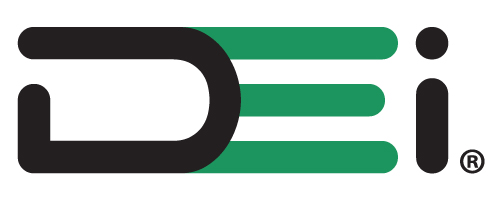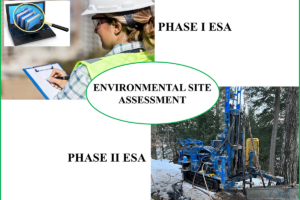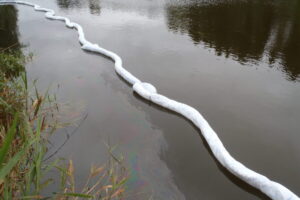It is common that an environmental site assessment (ESA) is required for commercial and industrial land transactions. This requirement may come from the purchaser, lender or for due diligence purposes on behalf of the seller. DEI has the knowledge and expertise to perform the ESA’s in a timely and cost effective manner.
The purpose of the Phase I ESA is to determine if there are any potential contaminating activities, and any contaminants of potential concern, related to a property. The Phase I ESA has 4 main parts:
- A records review;
- A site visit;
- Interviews; and
- An evaluation of information and reporting.
Phase I ESA’s in Ontario follow the CSA Z768-01 standard. This standard is appropriate for most real estate transactions and lender requirements. If a Record of Site Condition is required to be filed with the Ontario Ministry of Environment, Conservation and Parks, then the Phase I ESA must also comply with the requirements of Ontario Regulation 153/04. DEI can assist you with understanding what the requirements are for your specific situation.
If a Phase I ESA identifies any contaminants of potential concern, then a Phase II ESA may be required. The purpose of the Phase II ESA is to determine if any contaminants actually exist on the property, and if so, does the amount of contamination exceed the acceptable standard for the property. A Phase II ESA can have many different components. Two of the most common installations used in a Phase II ESA are:
- Boreholes – Where soil is removed from the ground using a drill rig. The soil is assessed and samples are sent to a laboratory for analysis.
- Monitoring Wells – An environmental well is installed in a borehole. Ground water samples are obtained from the wells and sent to a laboratory for analysis.
Phase II ESA’s in Ontario follow the CSA Z769-00 standard. Similar to Phase I ESA’s, if a Record of Site Condition is required then the Phase II ESA must also comply with the requirements of Ontario Regulation 153/04. DEI can assist you with understanding what the requirements are for your specific situation.
If the Phase II ESA identifies contaminants of concern on the property, that are in concentrations which exceed the acceptable site condition standard, then remediation work may be required. This is sometimes referred to as a “Phase III”, however there is no reference to a specific Phase III process in standards or regulations. DEI can assist you with understanding what those remediation options are, prepare a remediation plan, and manage the remediation work.












